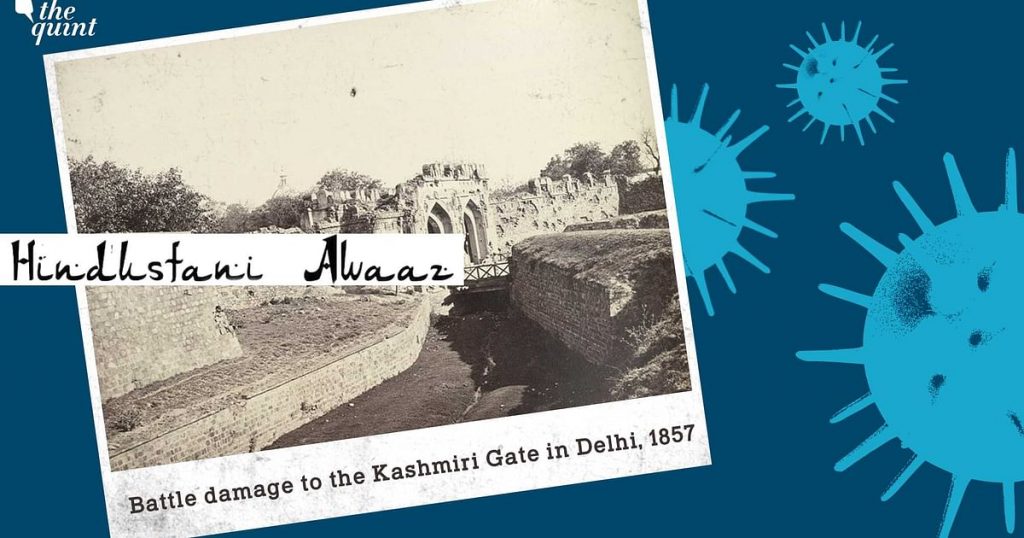Ruing the slaughter of an age (ek jahan qatl hua), Zaheer Dehlvi writes:
People have been pulled out of their homes
Corpses line the road, layers upon layers
Neither grave, nor shroud, nor mourners are left
When the dust of the Ghadar has settled, what remains is a city in ruins. As the 19th century draws to a close, Altaf Husain Hali, opens his Marsiya-e Dehlii (An Elegy to Delhi) thus:
Tazkira Dehlii-e-marhuum kaa ai dost na chhed
Na sunaa jaa.egaa ham se ye fasaana hargiz
O friend, I beseech you, speak not of the Delhi that is no more
I shall not be able to hear this story at any cost
As we, in Delhi, wait for the third wave to hit us, we are reminded of another instance from our city’s past. On 22 March 1739, when Nadir Shah ordered the massacre of Delhi’s citizens, over 20,000 men, women and children were killed in cold blood in a few hours. The figure of the cruel invader watching blood flow like water in the streets of Delhi captured the imagination of generations of poets.
Kasey…
